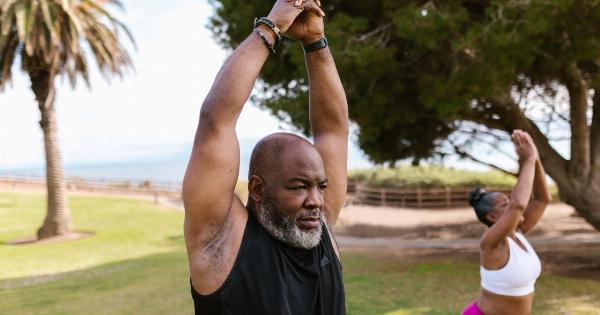In a world where billions of people are living in extreme poverty, it is important to identify interventions that can save lives and improve the health of the most vulnerable populations.
In this article, we will explore three such interventions that have been proven effective in reducing mortality rates and improving the quality of life for those living in poverty.
Intervention 1: Early Childhood Interventions
Early childhood interventions are critical for reducing mortality rates and improving the health of populations living in extreme poverty.
These interventions can include prenatal care, early childhood education, and nutrition and healthcare programs for infants and young children.
Studies have shown that children who receive early childhood interventions have better health outcomes and are less likely to die from infectious diseases.
These interventions can also improve cognitive development and academic outcomes later in life, leading to better economic opportunities and increased social mobility.
In addition to the benefits for individuals, early childhood interventions can have positive effects on entire communities.
By reducing the prevalence of malnutrition and infectious diseases, these interventions can increase productivity and economic growth, leading to improved standards of living and reduced poverty rates.
Intervention 2: Vaccination Programs
Vaccination programs are another key intervention for improving the health of vulnerable populations. By preventing the spread of infectious diseases, vaccinations can reduce mortality rates and improve overall health outcomes.
One example of an effective vaccination program is the Global Polio Eradication Initiative, which has reduced the number of polio cases worldwide from an estimated 350,000 in 1988 to just 22 in 2017.
This program has saved countless lives and prevented the spread of a debilitating and life-threatening disease.
In addition to polio, vaccination programs can prevent a wide range of diseases including measles, diphtheria, tetanus, and tuberculosis.
These programs are relatively inexpensive and can have a significant impact on the health of vulnerable populations.
Intervention 3: Clean Water and Sanitation
Access to clean water and adequate sanitation is a basic human right that is often denied to those living in extreme poverty.
Lack of access to these resources can lead to the spread of waterborne diseases such as cholera and diarrhea, which can be deadly to young children and those with weakened immune systems.
Providing clean water and sanitation facilities can have a significant impact on the health of vulnerable populations.
According to the World Health Organization, every $1 spent on improving water and sanitation can yield up to $34 in economic benefits.
One example of a successful clean water and sanitation program is the Water Project, which provides clean water and sanitation facilities to communities in sub-Saharan Africa.
This program has provided access to clean water for over 10 million people and has reduced the prevalence of waterborne diseases in these communities.
Conclusion
These three interventions – early childhood interventions, vaccination programs, and clean water and sanitation – are critical for improving the health and well-being of the world’s most vulnerable populations.
Through these interventions, we can save lives, reduce mortality rates, and improve the economic opportunities and social mobility of those living in extreme poverty.



























